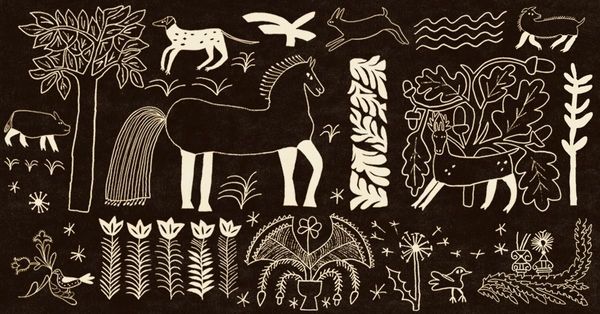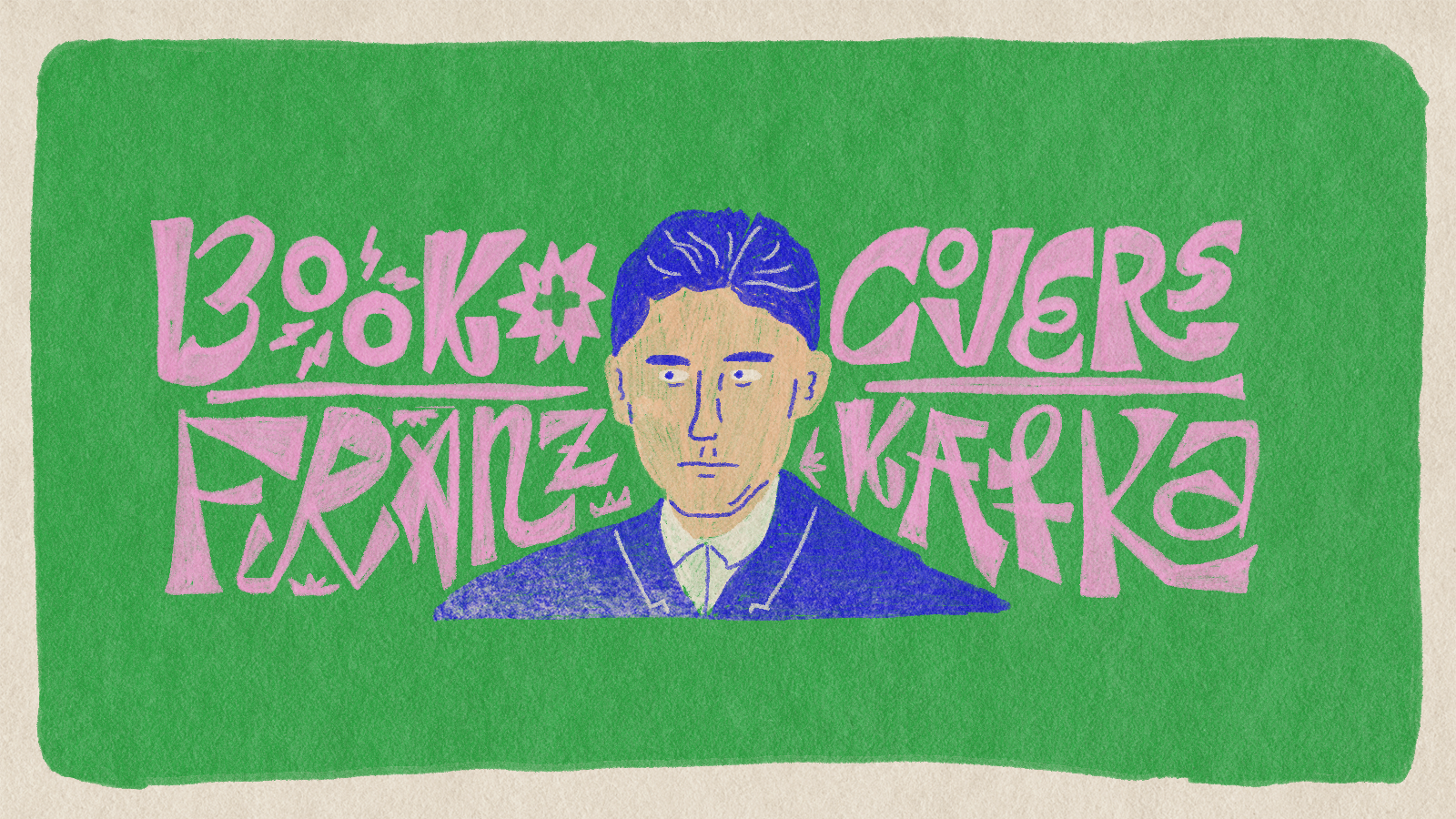In Franz Kafka’s novel The Trial, Josef K. is arrested one day and never finds out what crime he has actually committed. Now we show how the work, translated into many languages, has been published in different countries with different covers.
Franz Kafka’s 1914-15 novel was published posthumously in 1925. His friend Max Brod edited the text after the author’s death in 1924. “Someone must have been telling lies about Josef K., he knew he had done nothing wrong but, one morning, he was arrested,”—so begins the novel, in which the protagonist, in his defense of the absurdity of the trial and the falsity of the accusation, tries to confront the judge about his case, but his struggles are fruitless and, as he learns, a final acquittal can never be achieved. Even though Josef K. has not committed any offense against civil law, he is found guilty under some ‘Law’, which he learns about during the trial.
In the light of the later events and philosophical trends of the twentieth century, The Trial had several interpretations: among others, as a representation of the oppressive state system and bureaucracy, incomprehensible and opaque to the individual, or as a metaphor for human existence, but also from the point of view of Jewish mysticism (which had a great influence on Kafka).
The first English translation of the novel was published in 1937 and has been translated into many languages over the last almost 100 years. In 1999, it was included in Le Monde’s 100 Books of the Century. The original manuscript is kept in the Museum of Modern Literature in Marbach am Neckar, Germany.
The book’s covers often feature objects related to the arrest and trial, such as the chair used during the interrogation, the prison bars, and the judge’s hammer used to pass the sentence. The eye, or observation, and the maze, or the sense of being lost, also appear repeatedly, but there are many instances of artworks being used for the covers, including paintings by Munch, Van Gogh, Magritte, Klimt, Dalí, M.C. Escher, and Giacometti, and even Jaroslav Róna’s Kafka statue in Prague.
One novel, twenty-three languages, sixty-one covers. Which is your favorite?
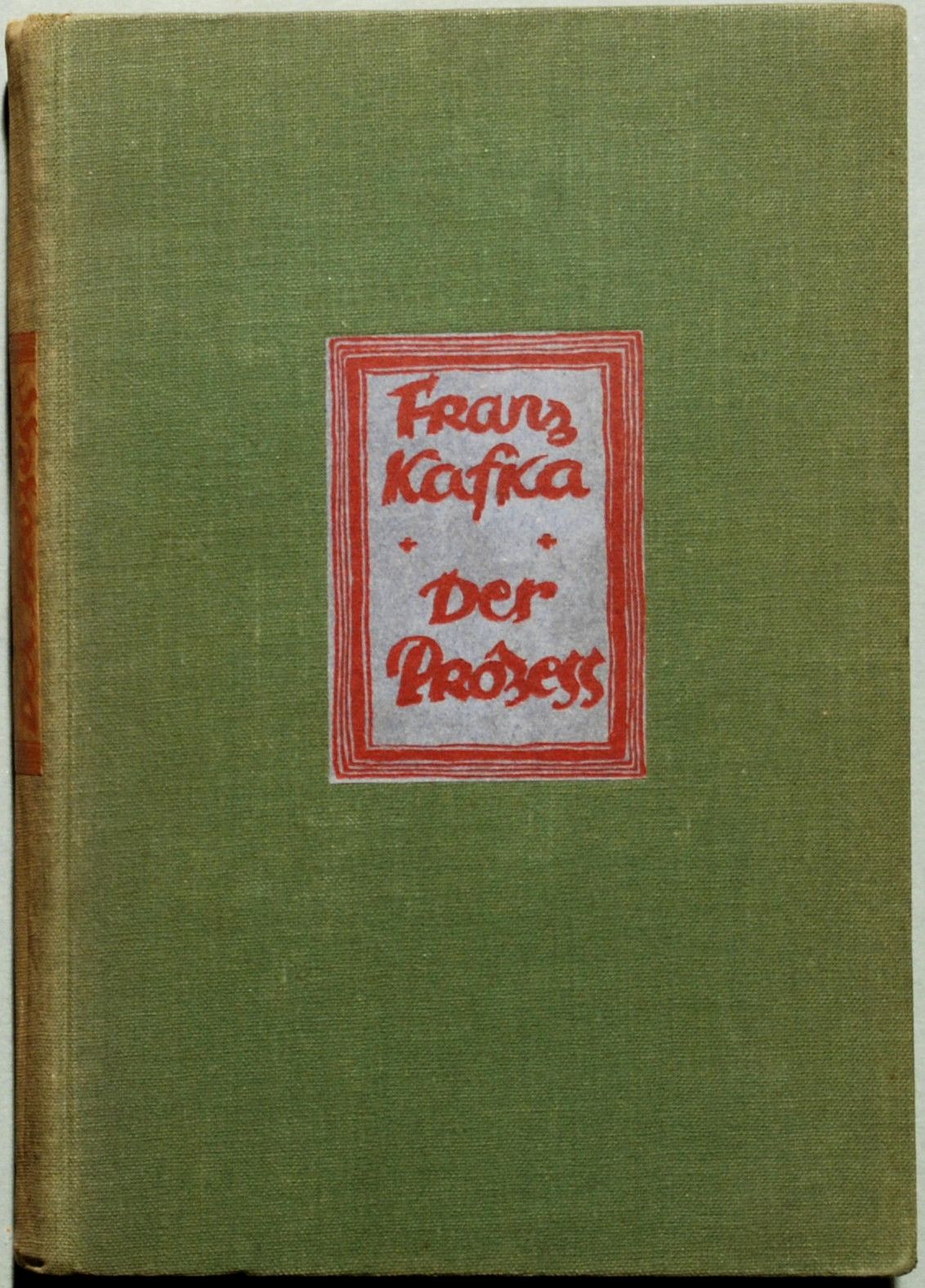


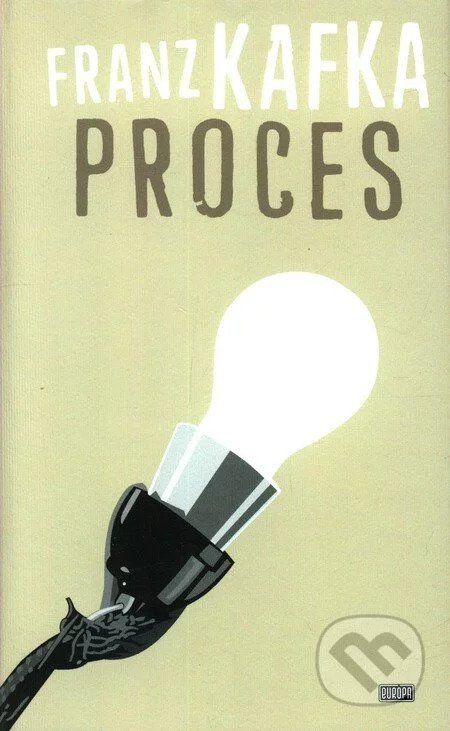




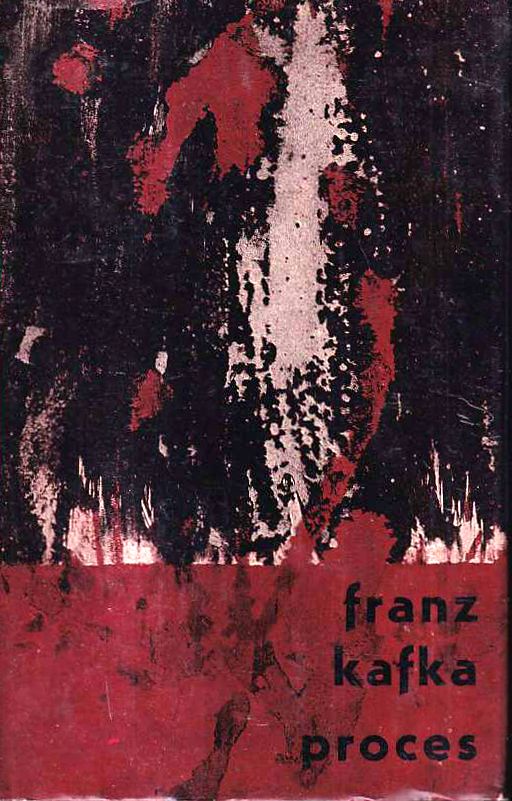

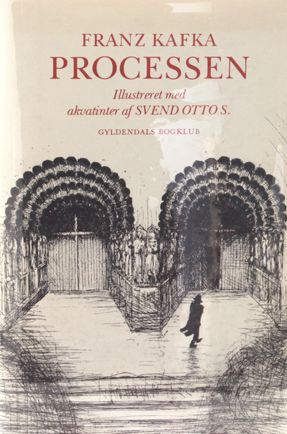
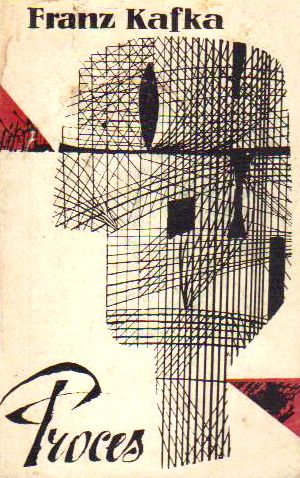
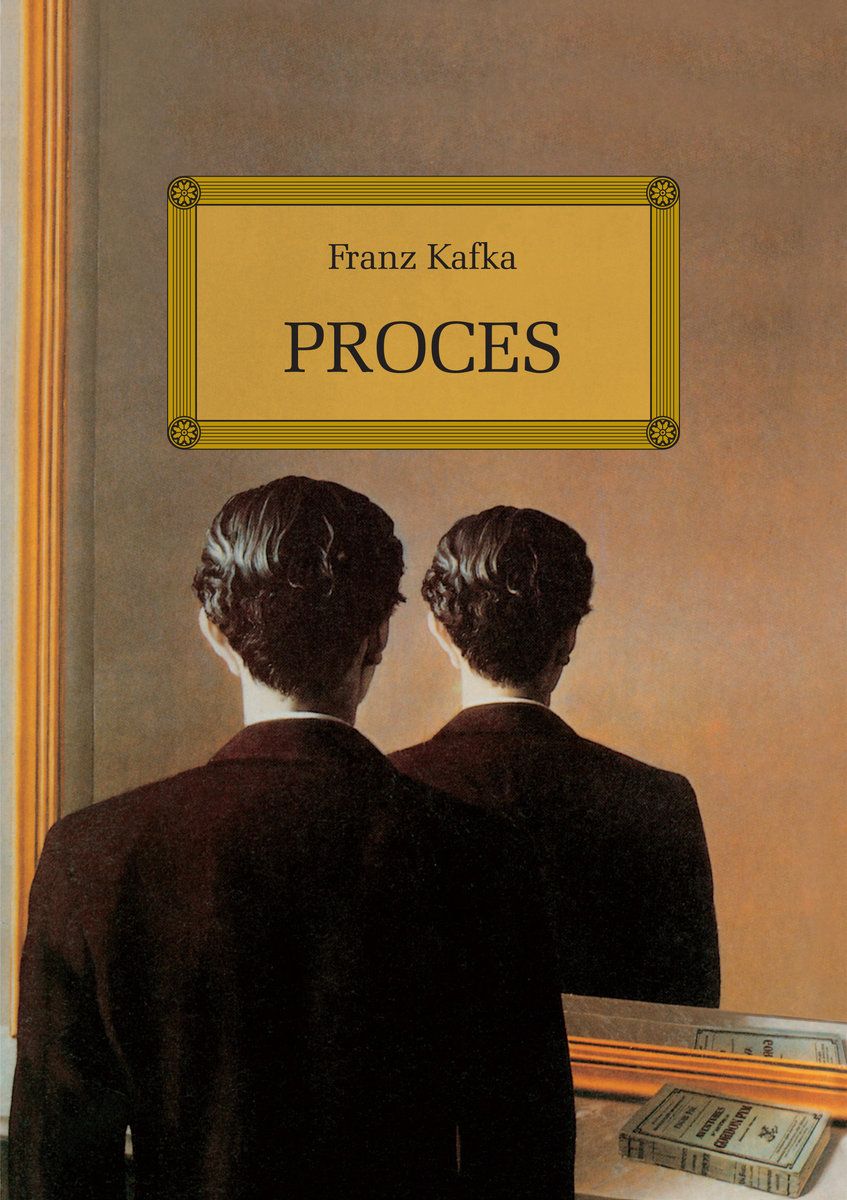
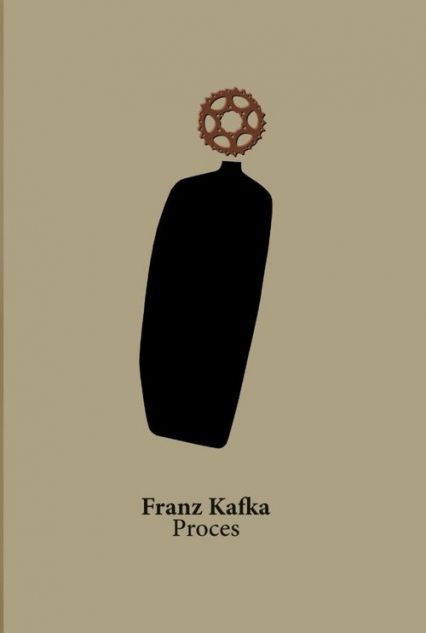
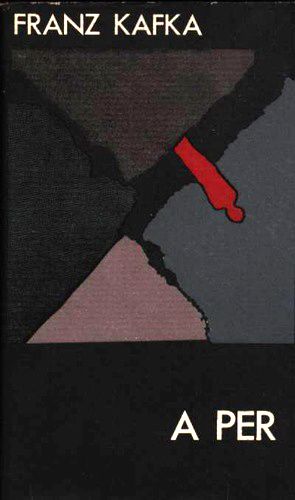


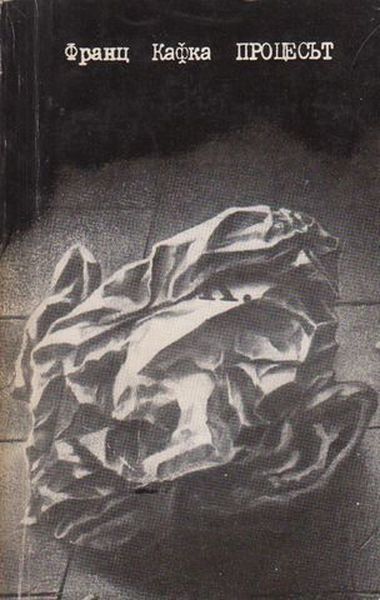
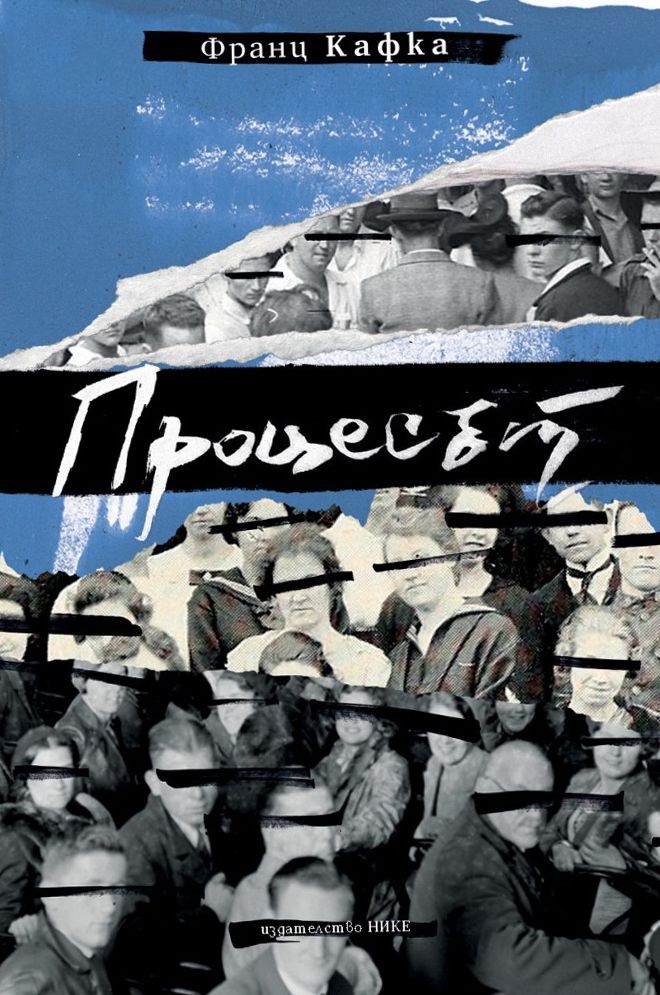
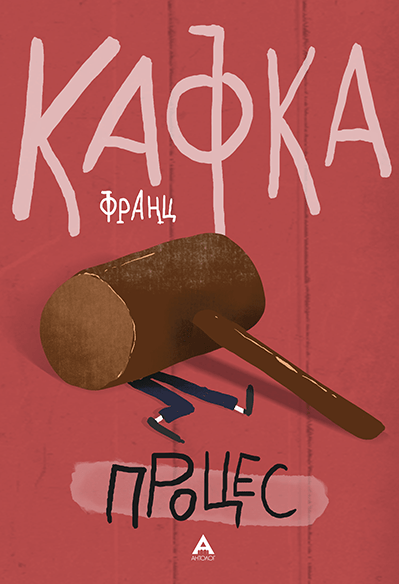
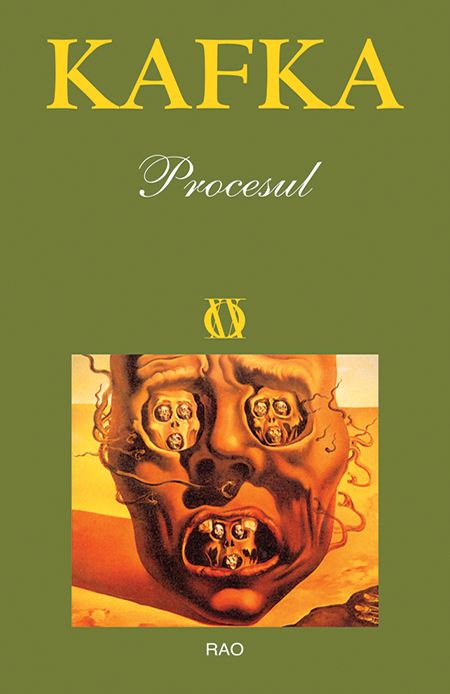
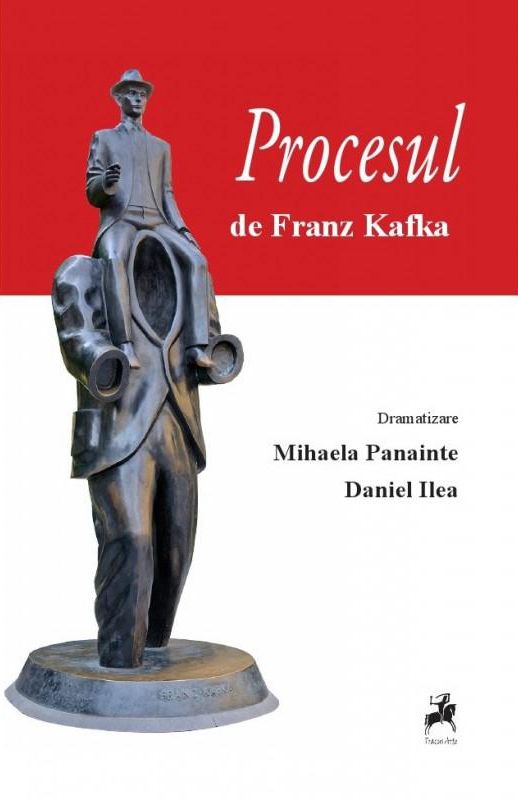

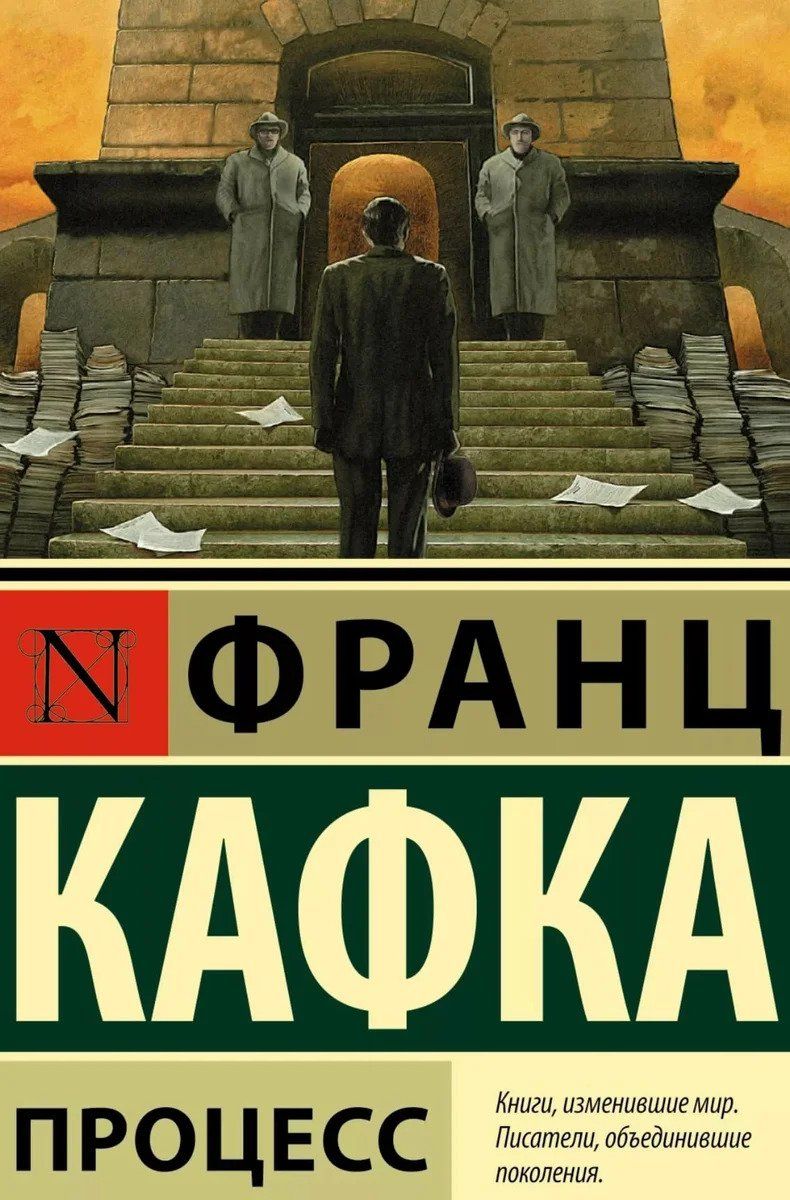
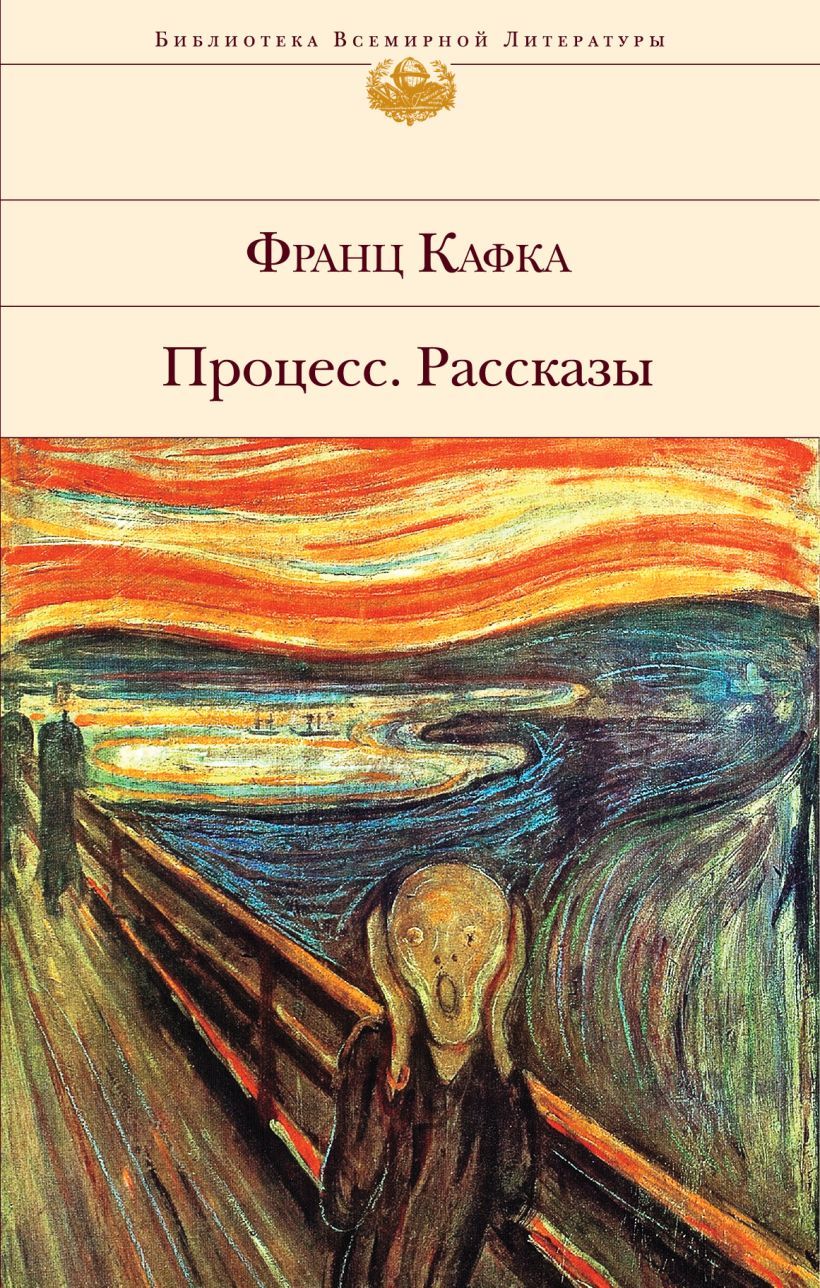
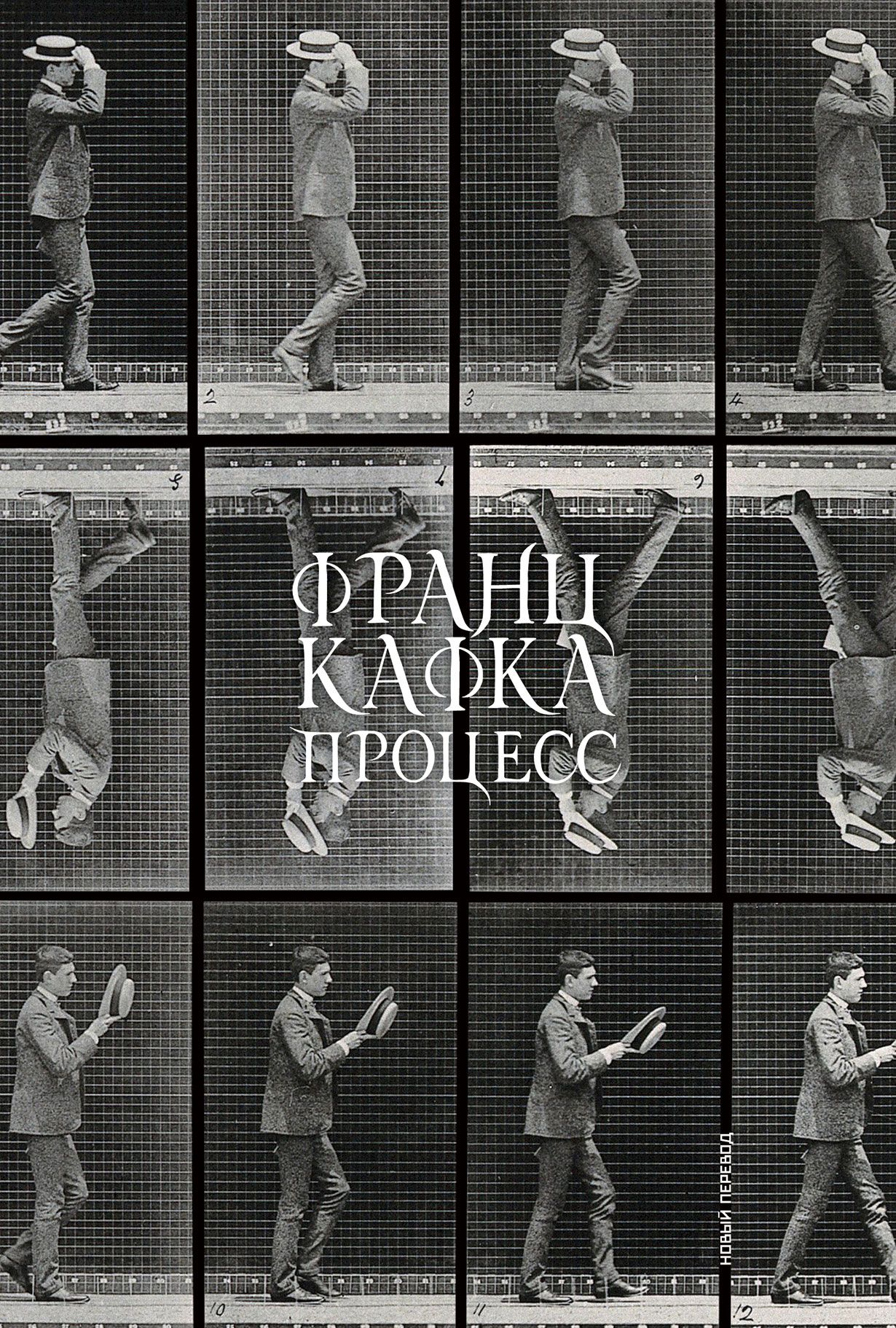
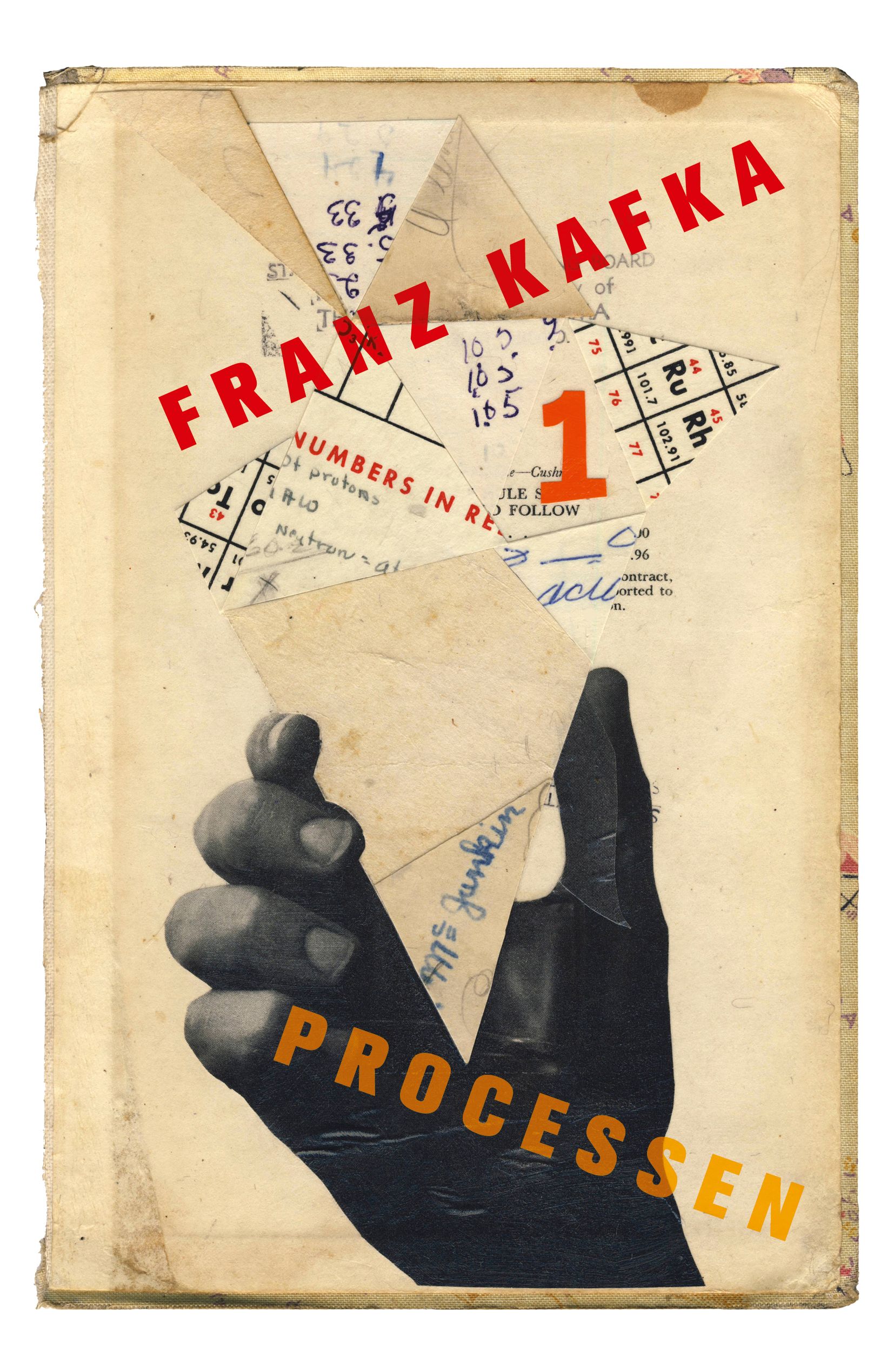

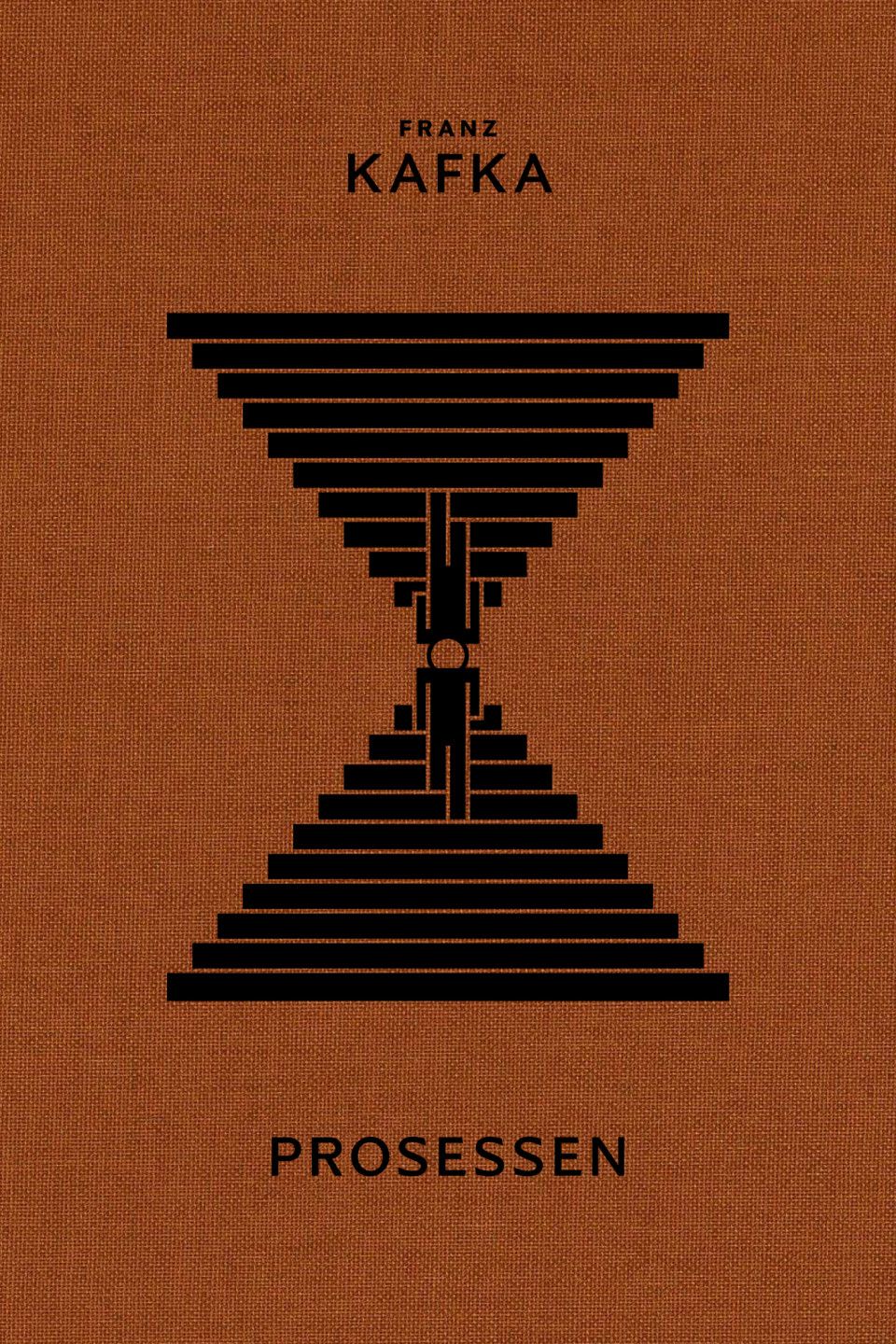

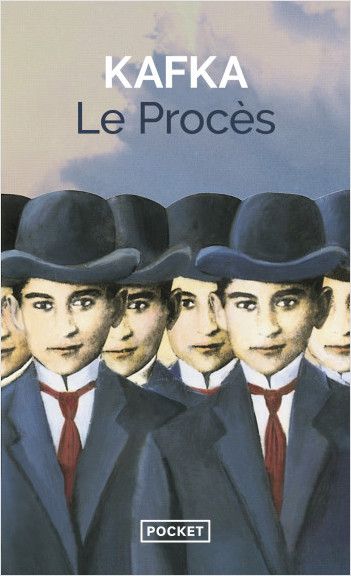

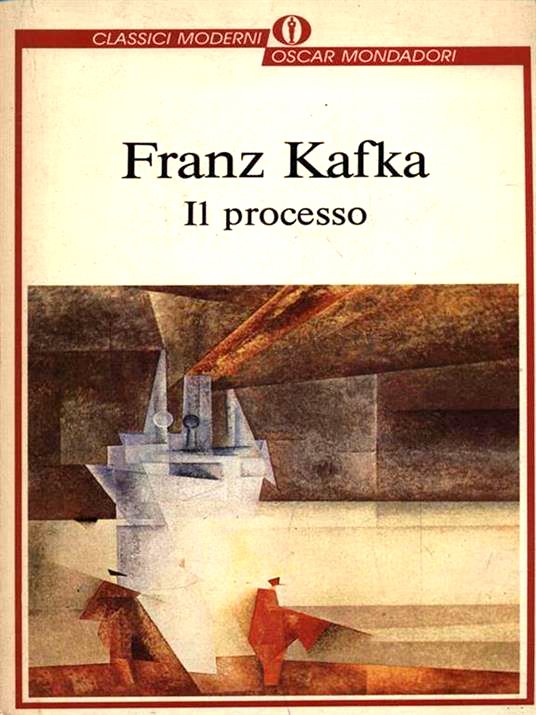


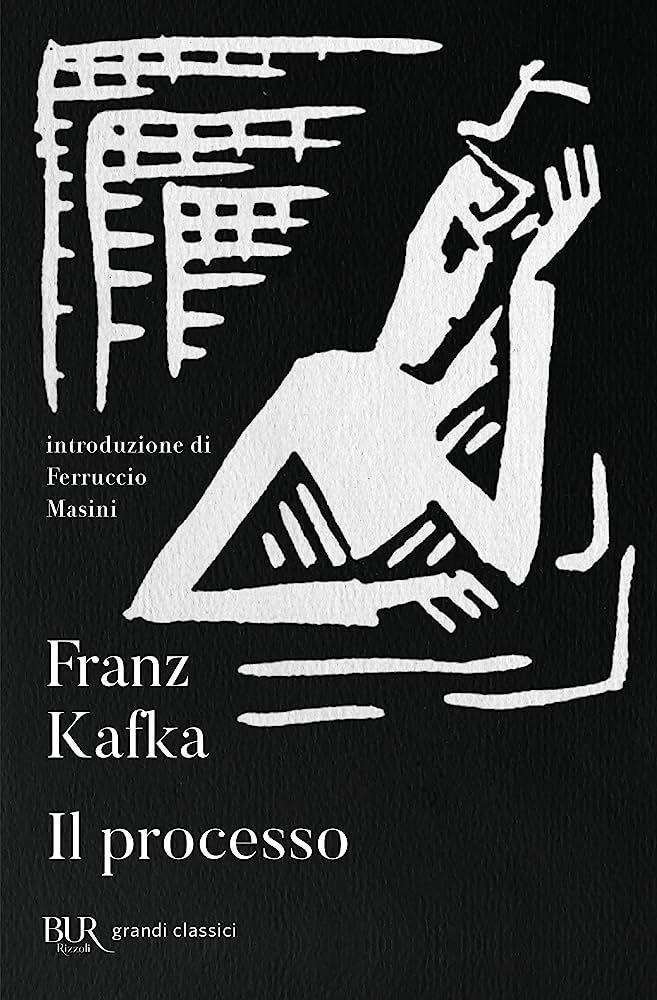
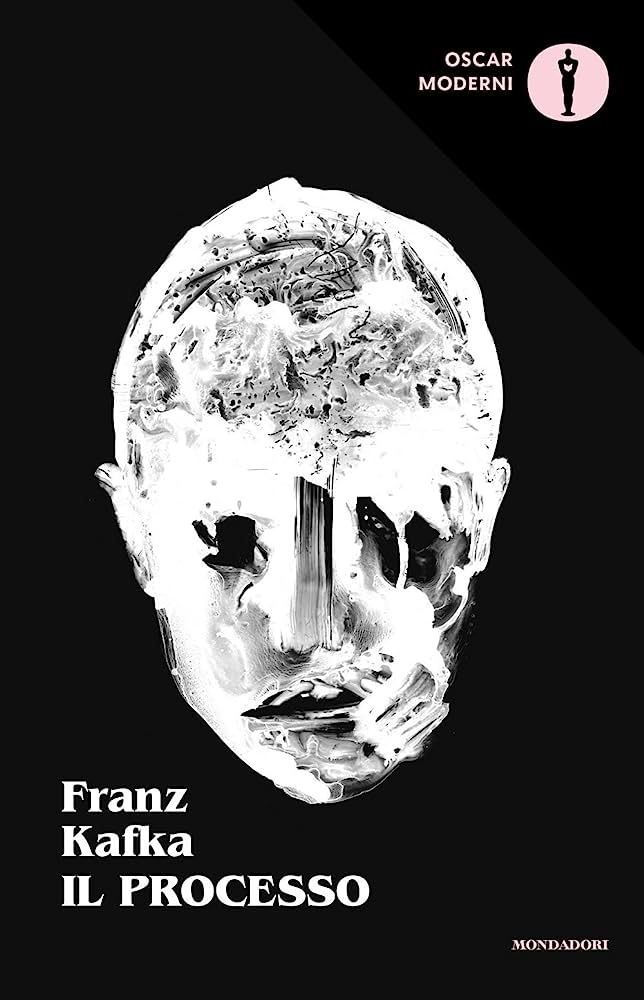


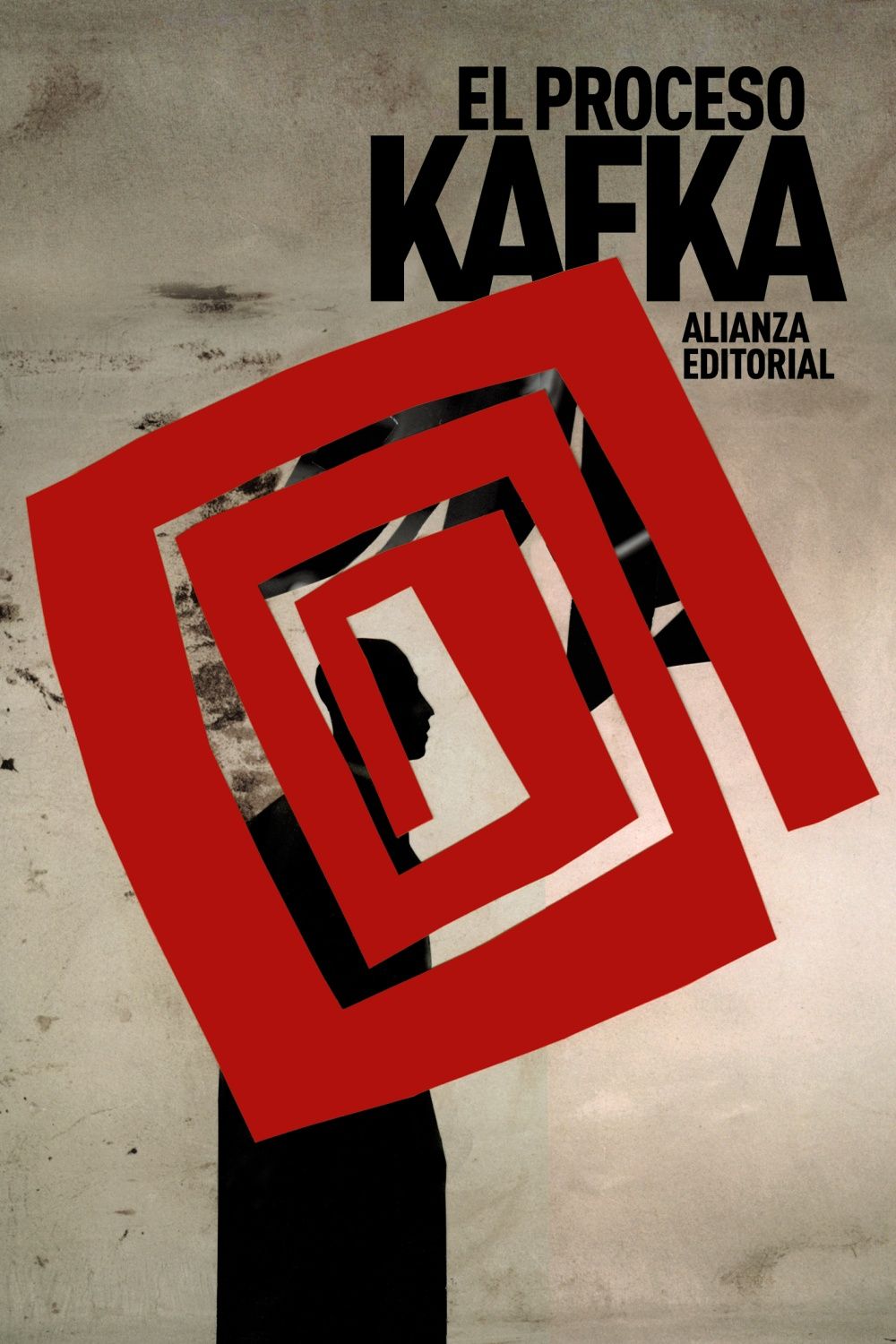

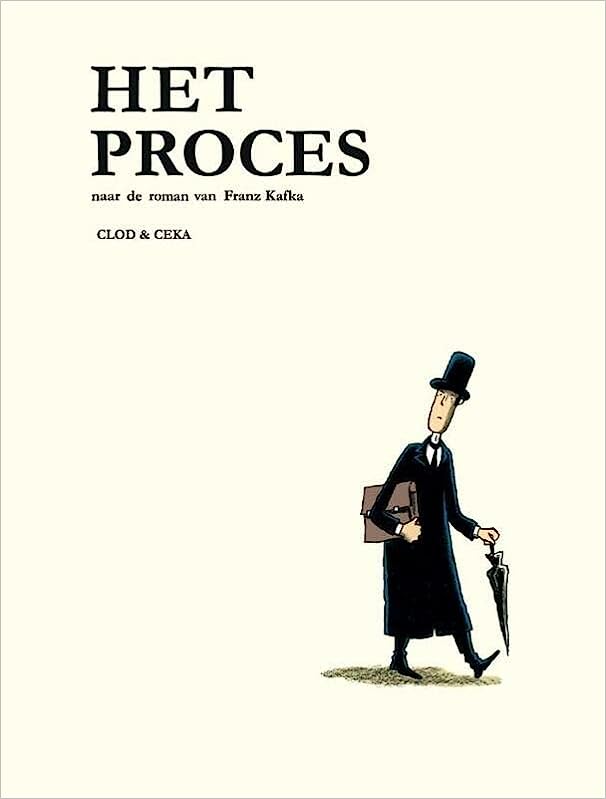
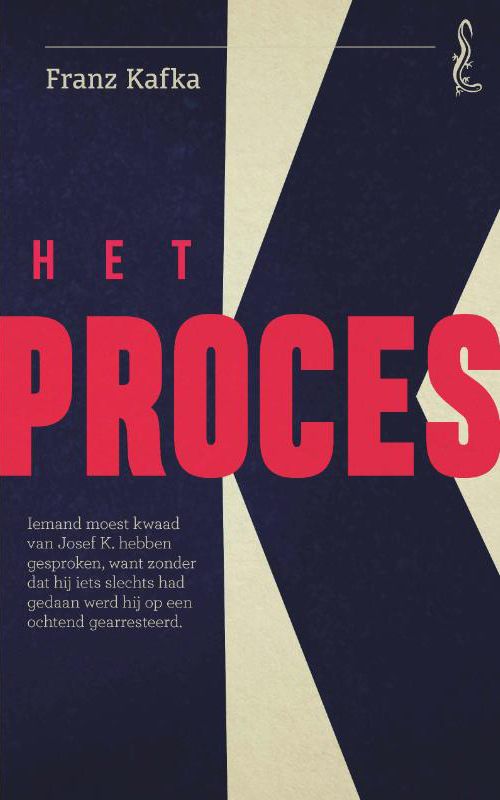



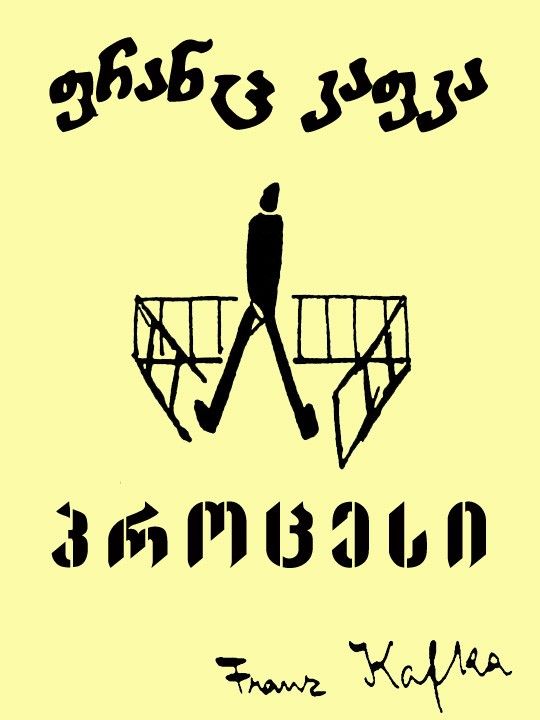




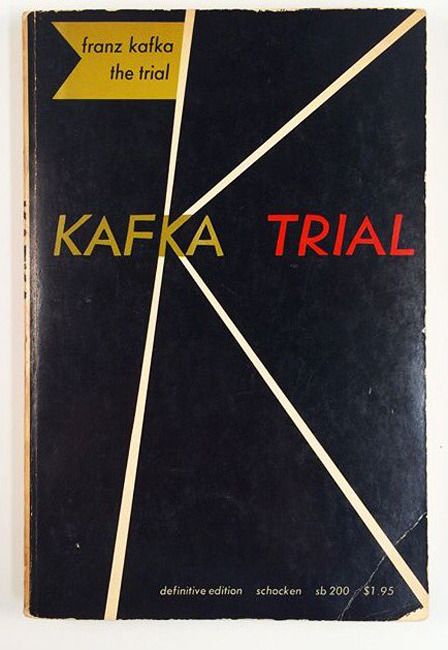

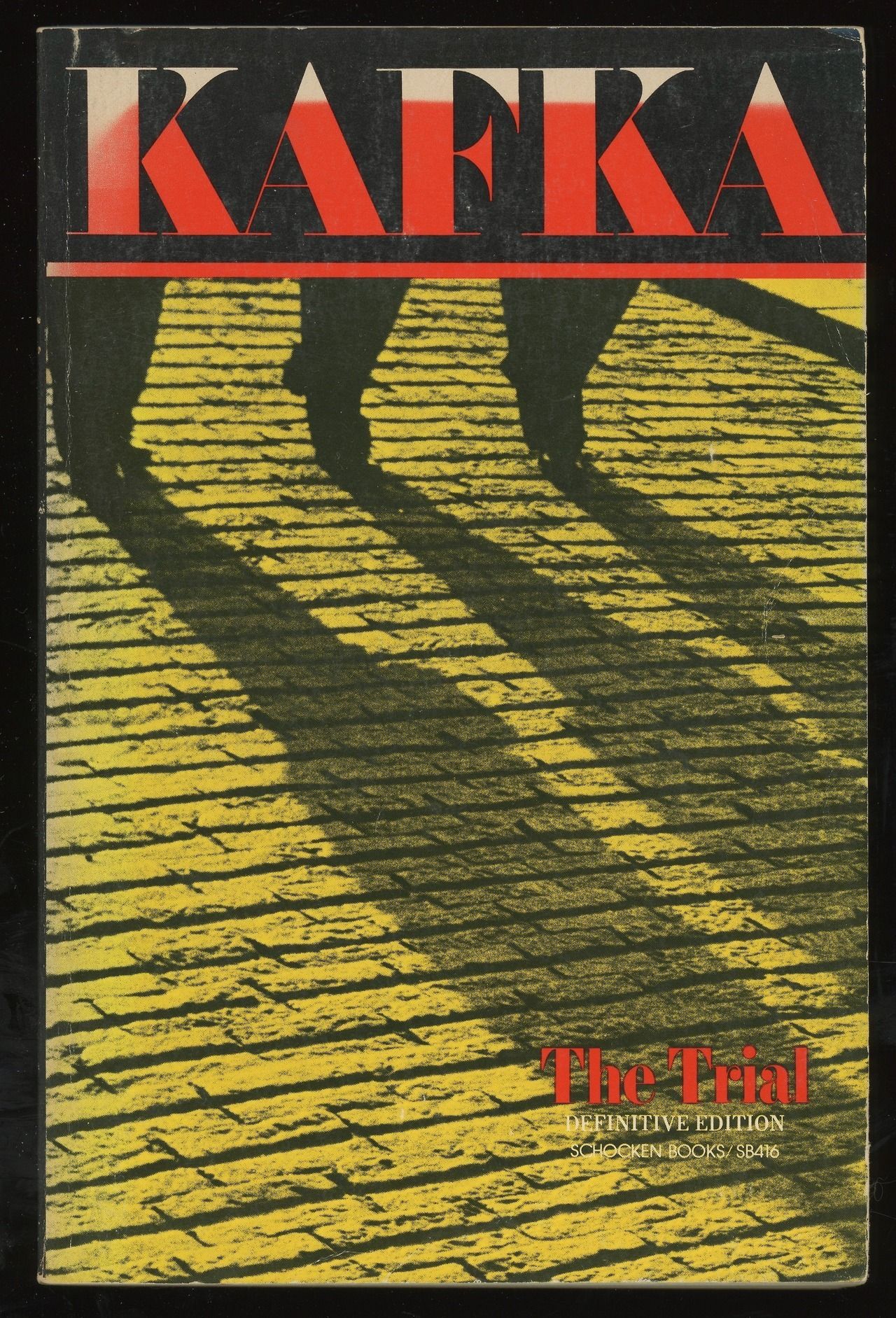
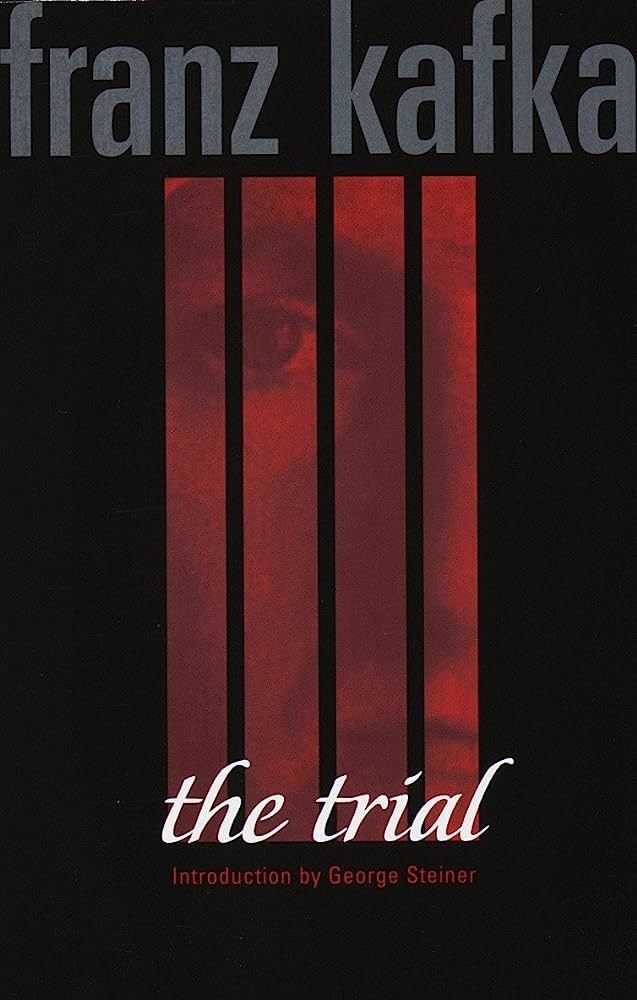


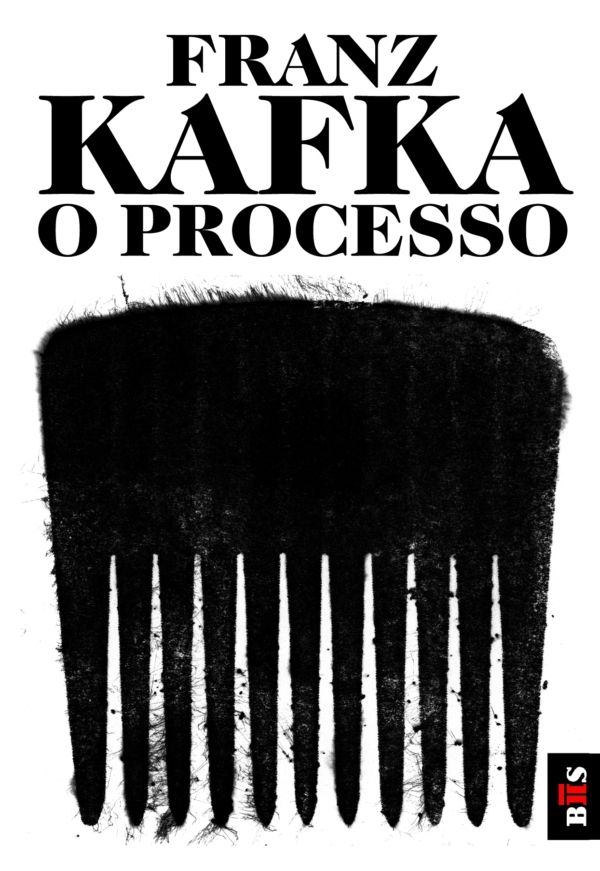


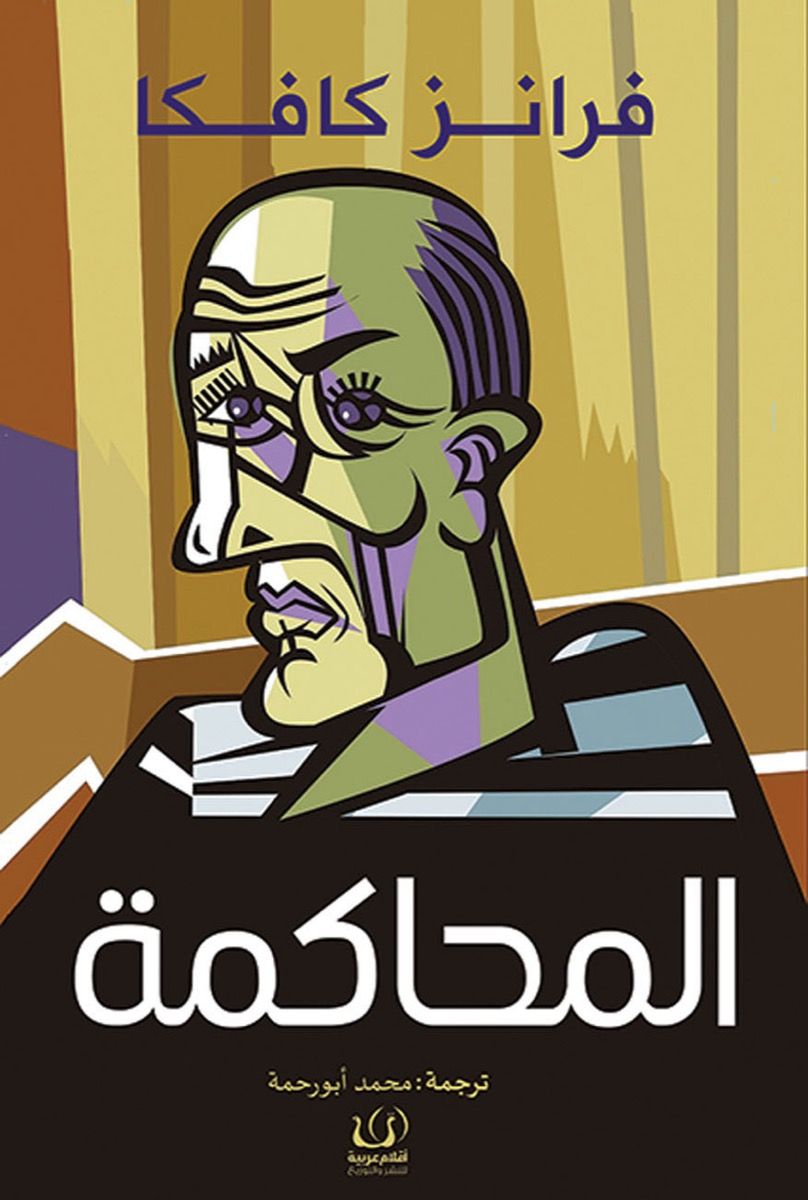
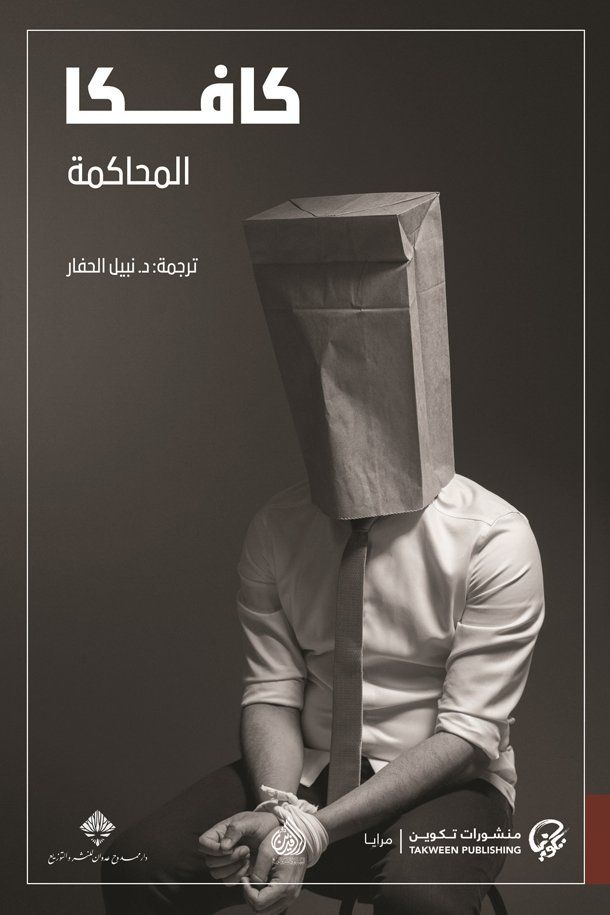
The book+covers series presents the covers of Central and Eastern European literary classics published in countries all over the world.
Cover graphics: Roland Molnár
Translation used for the quotation: Translation Copyright © 2003 by David Wyllie, Franz Kafka Online

New Karlovy Vary Film Festival trailer filmed in Budapest with Johnny Depp

New European space telescope launched to search for dark matter
